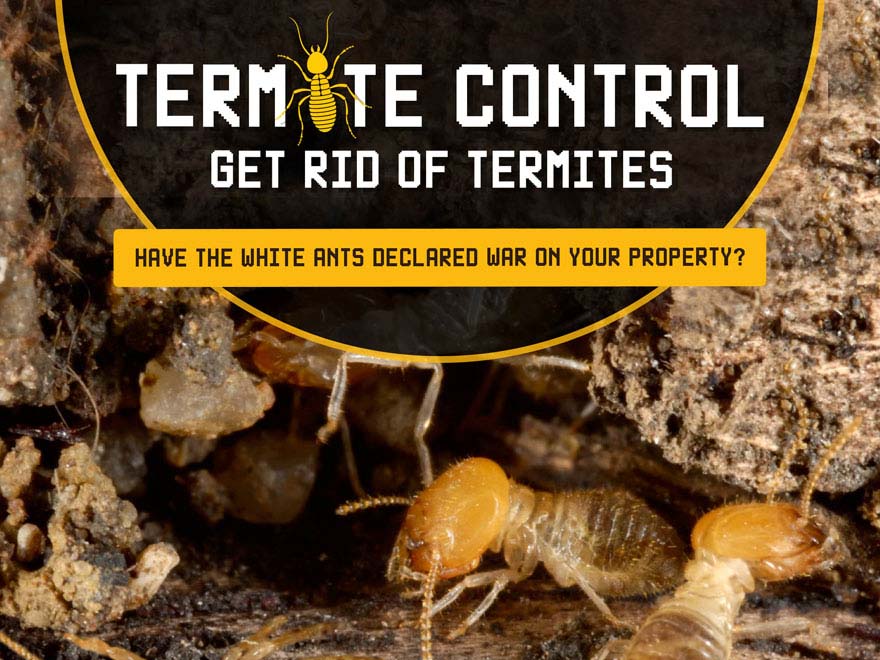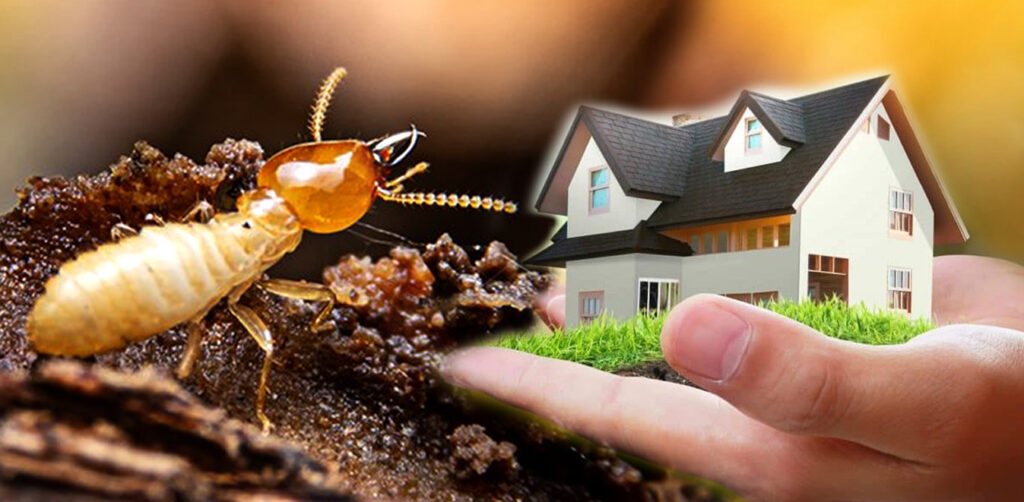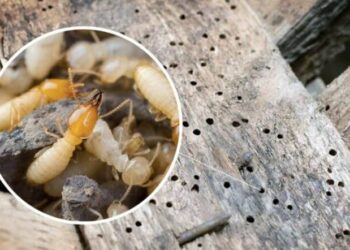
Termite control is a topic of great importance when it comes to safeguarding our homes from these tiny but destructive pests. Termites, often referred to as “silent destroyers,” can wreak havoc on the structural integrity of buildings, causing costly damage. In this essay, we will explore the significance of termite control and various methods used to combat these unwelcome guests.
Termites are small insects that feed on wood and cellulose materials. They thrive in damp and warm environments, making many regions vulnerable to their infestations. The damage they cause may go unnoticed until it’s too late, leading to significant repairs and expenses. This is why termite control is crucial for homeowners and communities.
There are several methods of termite control. Chemical treatments involve applying pesticides to the soil around a building’s foundation to create a barrier that termites cannot cross. Physical barriers like metal mesh and sand can also prevent termite entry. Biological control methods, such as introducing natural predators of termites, have shown promise in reducing termite populations.
Integrated Pest Management (IPM) is a comprehensive approach to termite control. It combines various strategies to minimize the use of chemicals while maximizing effectiveness. Regular inspections and maintaining a dry environment can also prevent termite infestations.
Education and awareness play a vital role in termite control. Homeowners should learn about the signs of termite presence, such as discarded wings, mud tubes, and hollow-sounding wood. Early detection can prevent extensive damage and costly repairs.
In conclusion, termite control is essential to protect our homes from the threat of these destructive pests. By understanding the methods available and being proactive in prevention, we can ensure the safety and longevity of our homes. Regular inspections, integrated approaches, and staying informed are key elements in the fight against termites.
Termite Control Methods – A Shield for Homes
Termites, those small insects with a big appetite for destruction, can wreak havoc on homes and buildings. That’s where termite control methods come into play – as a shield to protect our precious abodes. In this essay, we’ll delve into the world of termite control methods and explore the arsenal of techniques available to keep these silent invaders at bay.

When it comes to termite control, prevention is the name of the game. Chemical treatments are one of the most common methods. Pesticides are applied to the soil around the foundation, forming a barrier that termites can’t cross. This creates a shield around the structure, deterring the pests from making themselves at home.
But chemicals aren’t the only tools in the termite control toolkit. Physical barriers, like metal screens and sand, are also effective in preventing termite entry. These barriers act as shields, stopping termites in their tracks and preventing them from gnawing their way through.
Biological control methods offer a more eco-friendly approach. Introducing natural predators or parasites of termites can help keep their populations in check. It’s like enlisting the help of tiny soldiers to defend our homes against the termite threat.
Integrated Pest Management (IPM) takes a holistic approach to termite control. It combines various strategies – from regular inspections to moisture control – to create a comprehensive defense system. By using a variety of techniques, we create a multi-layered shield that termites find hard to breach.
Education is another important aspect of termite control. Knowing the signs of termite infestations, like mud tubes and hollow-sounding wood, helps us detect problems early. Early intervention is like adding an extra layer to our termite defense, reducing potential damage and costs.

In conclusion, termite control methods serve as shields, protecting our homes from the relentless appetite of these tiny pests. By using a combination of chemical, physical, and biological approaches, along with staying informed, we create a robust defense system. As homeowners, we wield the power to keep our homes safe from the silent destruction of termites.






















Discussion about this post